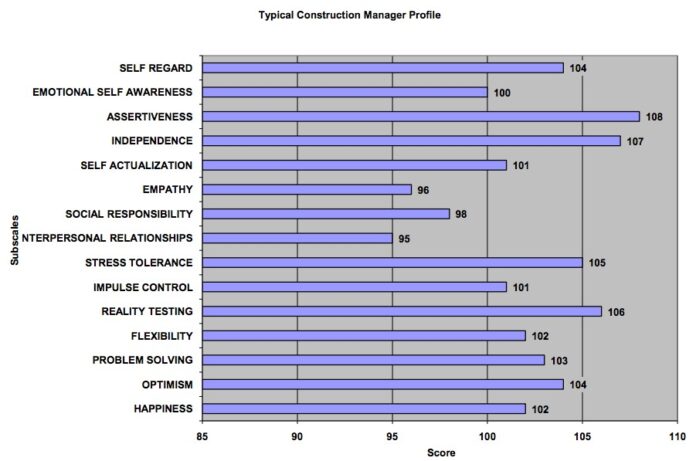Integrated Project Delivery (IPD) is gaining traction in construction, promising collaborative efficiency. But while some IPD projects deliver exceptional results, others collapse. The key isn’t just the process – it’s the people involved.
What is Integrated Project Delivery?
IPD isn’t just about collaboration; it’s a fundamental shift in how projects are structured. Traditionally, construction involves fragmented contracts where each party (owner, architect, contractor) operates in silos, often with conflicting incentives. IPD changes this.
The core idea is that everyone involved – from the owner to subcontractors – signs a single, integrated agreement. This agreement commits them to shared risk and reward. Instead of adversarial relationships, IPD encourages cooperation, transparency, and joint problem-solving.
To make this work, most IPD projects use Lean principles, especially the Last Planner System. This means breaking down work into smaller, manageable tasks, actively involving the team in planning, and continuously improving processes to eliminate waste.
The Human Factor: Why IPD Projects Succeed or Fail
The biggest indicator of IPD success isn’t the contract, the software, or the Lean methodology. It’s the emotional and behavioral profile of the team. Large construction projects (500+ people) often involve individuals with varying degrees of emotional maturity, collaboration skills, and willingness to embrace shared risk.
- Emotional Maturity: Individuals who can manage conflict constructively, communicate openly, and take ownership of their contributions are essential.
- Collaboration Skills: IPD demands active listening, empathy, and a willingness to compromise.
- Shared Risk Tolerance: The integrated agreement means everyone shares in both the successes and the failures. Those unwilling to embrace this risk will undermine the process.
Why IPD Fails: Common Pitfalls
Several factors can derail an IPD project:
- Lack of Buy-In: If key stakeholders (owners, subcontractors) don’t genuinely commit to the collaborative model, the process will quickly break down.
- Poor Communication: Transparency is critical. If information is withheld or distorted, trust erodes.
- Ego & Power Dynamics: Individuals unwilling to relinquish control or share credit will sabotage the team.
- Inadequate Training: IPD requires a shift in mindset. Without proper training, participants may revert to traditional adversarial behaviors.
The Bottom Line
IPD holds immense potential, but it’s not a magic bullet. The success of these projects hinges on the people involved. Building a culture of trust, transparency, and shared responsibility is more critical than any contract or methodology. Without the right human element, even the most well-designed IPD project will likely fail.
IPD is not just a project delivery method; it’s a behavioral experiment. And like any experiment, the results depend on the participants
